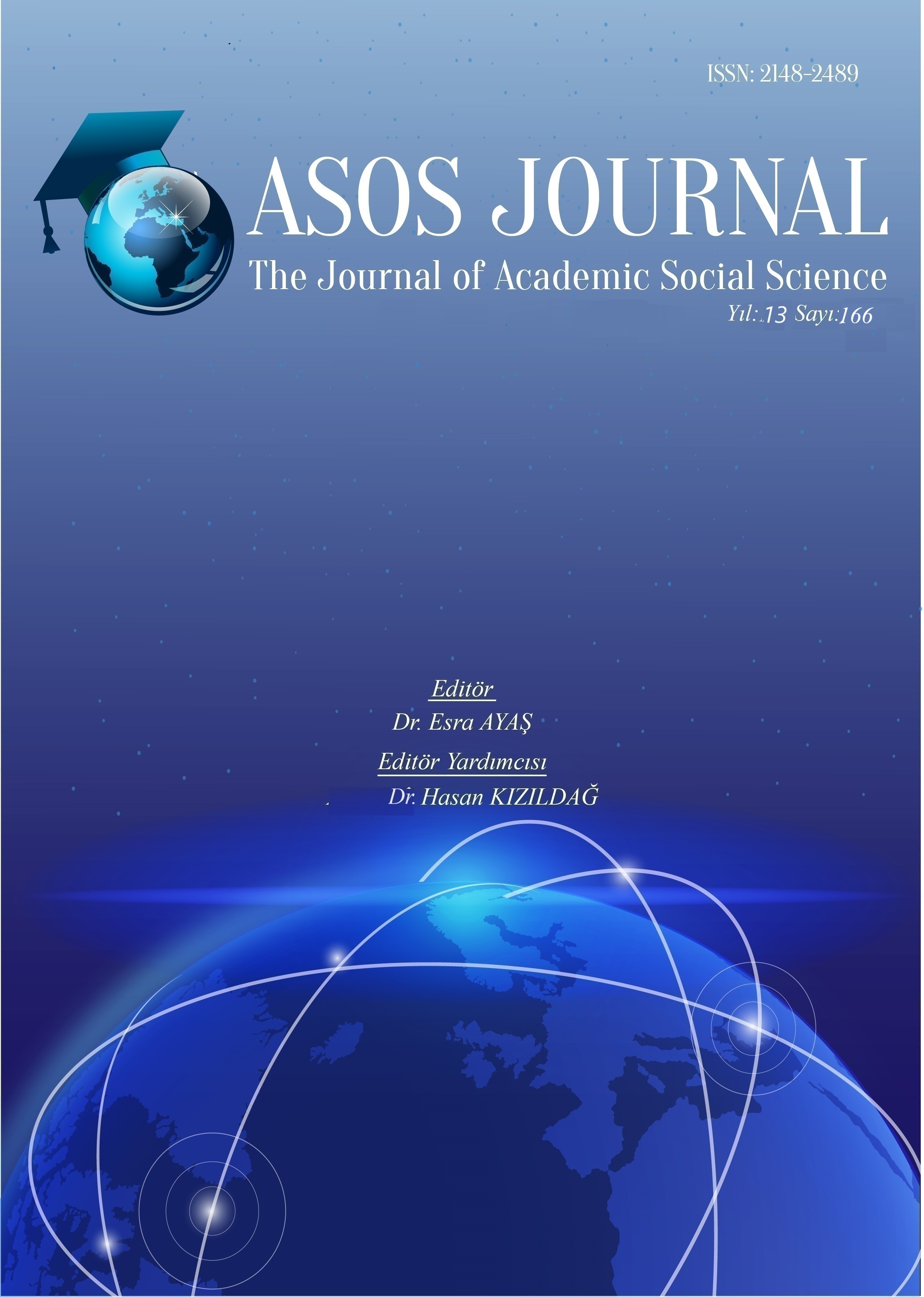TÜRKİYE VE DÜNYA'DAKİ ÇOCUK ÜNİVERSİTELERİNİN KARŞILAŞTIRMALI ANALİZİ: YAPISAL, YÖNETSEL VE EĞİTSEL ÖZELLİKLER ÜZERİNE NİTEL BİR İNCELEME
Author :
Abstract
Çocuklar 18 yaşına geldiğinde, uyanık hayatının sadece %9'unu sınıfta geçirmiş olacaktır. Çocuk Üniversitesi, kalan %91'den en iyi şekilde yararlanılmasıyla ilgilidir. Bu çalışmanın amacı, Türkiye ve Dünya'daki Çocuk Üniversitelerinin yapısal, yönetsel ve eğitsel özelliklerini karşılaştırmalı olarak inceleyerek mevcut durumu ortaya koymaktır. Bu araştırma, nitel araştırma yöntemlerinden "durum çalışması" deseni kullanılarak yapılandırılmıştır. Veriler öğretmen, öğrenci, veli, kurum yöneticileriyle yapılan yarı yapılandırılmış görüşme formlarıyla toplanmıştır. Bunlara ek olarak gözlem formları, doküman analizleri ve araştırmacı notları gibi çeşitli nitel veri toplama araçları bir arada kullanılmıştır. Bu araştırmada betimsel analizi yöntemi tercih edilmiştir. Bu çalışma, 2023-2025 yıllarında Türkiye, Rusya, Almanya ve Avusturya’nın farklı şehrinde bulunan Çocuk Üniversitelerinde yürütülmüştür. Araştırma sonucunda elde edilen bulgulardan biri de Dünya bulunan Çocuk Üniversite örneklerinin altyapı ve fiziksel olanaklarını çocuklara uyarlarken; Türkiye’de bu olanaklar kurumdan kuruma farklılık göstermektedir. Bazı üniversitelerde modern atölye, spor salonu, teknoloji laboratuvarı gibi imkânlar sunulurken; bazı üniversitelerde materyal, mekân ve teknolojik altyapı eksiklikleri yaşanmaktadır. Ayrıca Çocuk Üniversitelerine velilere yönelik seminer, atölye ve rehberlik hizmetleri artırılacak şekilde düzenlenmesi önerilmiştir.
Keywords
Abstract
By the time children reach the age of 18, they will have spent only 9% of their waking life in the classroom. Children’s Universities focus on making the most of the remaining 91%. The aim of this study is to examine and compare the structural, administrative, and educational features of Children's Universities in Türkiye and around the world in order to reveal the current state of these institutions. This research was designed using the case study method, one of the qualitative research approaches. Data were collected through semi-structured interviews with teachers, students, parents, and institutional administrators. In addition, various qualitative data collection tools such as observation forms, document analyses, and researcher notes were also utilized. The descriptive analysis method was employed in analyzing the data. The study was conducted between 2023 and 2025 in Children's Universities located in various cities in Türkiye, Russia, Germany, and Austria. One of the key findings of the study is that, while Children's Universities in other countries tend to adapt their infrastructure and physical environments to be more child-centered, such facilities in Türkiye vary significantly between institutions. While some universities offer well-equipped spaces such as modern workshops, sports halls, and technology laboratories, others face significant shortcomings in terms of materials, space, and technological infrastructure. The study also suggests that Children’s Universities should be designed in a way that enhances parental involvement by increasing the number of seminars, workshops, and guidance services offered to families





